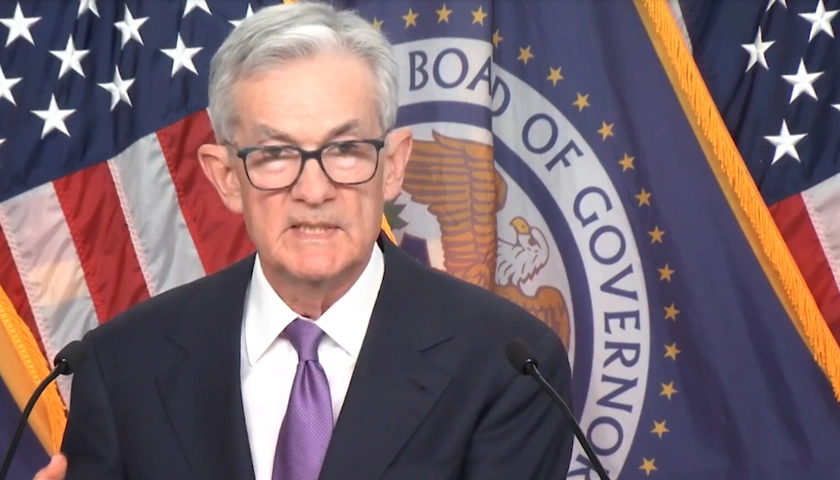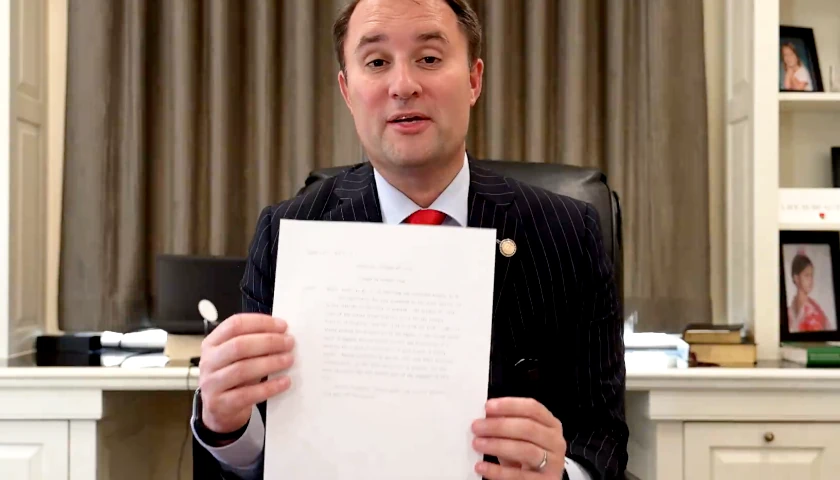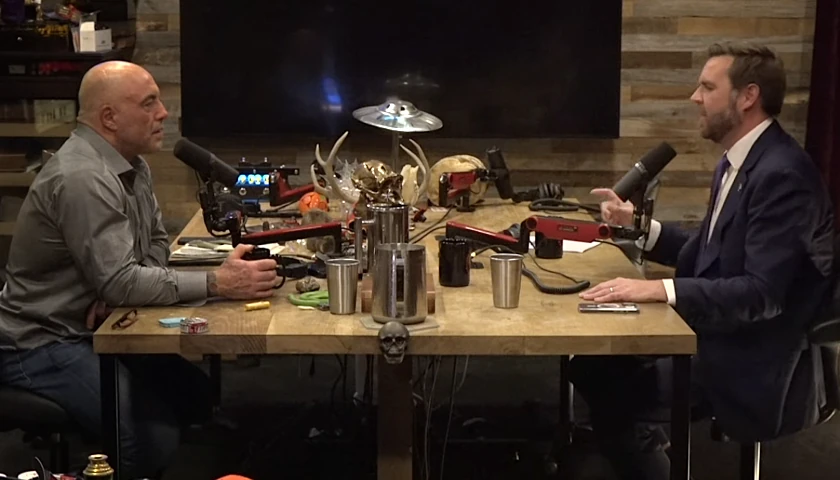by Orphe Divounguy
The Federal Reserve is expected to hold the bank’s key interest rate steady this week. Traders currently expect three rate cuts this year beginning in September. But, will the Fed deliver the first hint of a September rate cut?
With inflation and the labor market cooling faster than previously anticipated, evidence is mounting that policy has become more restrictive and that a more neutral policy stance will be needed to prevent the labor market from cracking under the pressure.
Last month, total nonfarm payroll employment increased by 206,000, less than the 218,000 added in May. But while strong on the surface, employment in April and May combined for a downward revision of 111,000 jobs and employment gains were concentrated in just a handful of sectors – mostly Government as well as Healthcare and Social Assistance, accounting for 74 percent of the month’s increase.
The unemployment rate moved higher. Average hourly earnings advanced 0.3 percent in June, down from 0.4 percent in May and on a year-over-year basis, wages were up 3.9 percent from June 2023, cooling further from 4.1 percent in May.
With hiring rates now lower than before the pandemic, this week’s jobs report is expected to show employment growth fell further in July.
A large decline in labor demand coupled with an increase in the labor force has helped to loosen the labor market considerably in 2024. Labor market tightness – the ratio of vacant jobs to job seekers – is now lower than it was before the pandemic and the unemployment rate has moved higher than its pre-pandemic level. Aside from the pandemic surge in job loss, the unemployment rate has not been higher than 4.1 percent since February 2018.
At the same time, inflation measured by the Personal Consumption Expenditures (PCE) index has continued to move in the right direction. Although the PCE index is still 2.5 percent higher than it was a year ago, inflation has been running at a 1.5 percent annualized pace for the past 3 months.
As the labor market continues to weaken, the Federal Reserve’s focus will likely shift from its inflation fight to preventing a more rapid labor market slowdown.
Other key figures to watch this week:
- The Institute For Supply Management will release the Purchasing Managers’ Index (PMI) for the manufacturing sector. The ISM manufacturing index is expected to remain in contraction territory. Factory orders are also expected to have declined in June.
- The S&P Case-Shiller home price index is expected to confirm that price growth is continuing to fall as housing affordability remains a major challenge. Home sales slumped and housing inventory rose this spring home shopping season.
– – –
Orphe Divounguy is a contributor at The Center Square.
Photo “Fed Chair Jeremy Powell” by UACESCOMM CC2.0









